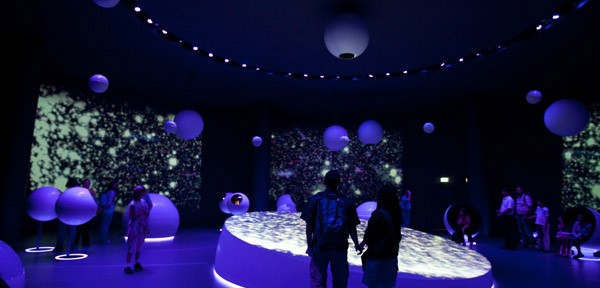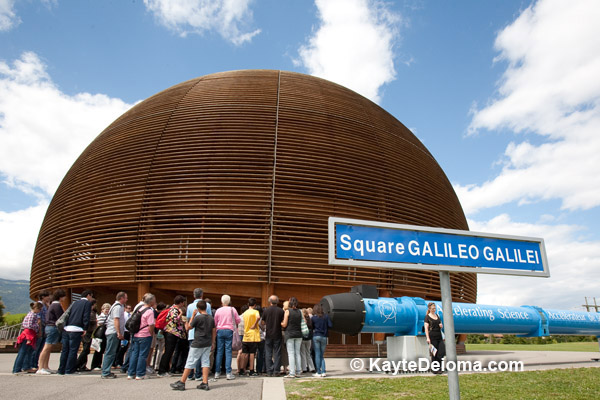
Story and photos by Kayte Deioma
Dan Brown’s novel Angels and Demons opens in Geneva, Switzerland with a murdered CERN scientist and a missing canister of antimatter. Standing on top of the 27 km (16.8 miles) Large Hadron Collider (LHC), outside the glass-walled control room of the ATLAS particle detector, where scientists are intent on their banks of computer screens, it’s not that great a stretch to imagine that this benevolent academic setting could mask a hotbed of intrigue. World-changing things are happening here.
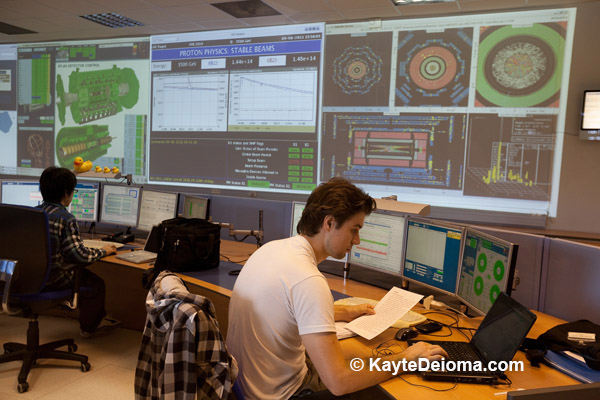
It doesn’t really matter to me that I can’t SEE the particle accelerator under the earth. There’s something fascinating about being at this place where scientists are analyzing the most profound scientific discovery in decades – a potential clue to the source of existence.
I can’t say that I traveled to Geneva specifically to visit CERN, the European Organization for Nuclear Research, but as soon as I knew I was going to be in the neighborhood, I made it my top priority to get on a tour.
I’m more of a social scientist than a physical scientist. I actually dropped physics in high school, because I just didn’t get it. But I’ve take an observer’s interest in this particular pursuit of the source of our existence.
The CERN Visitors Center is just a few steps from the tram stop that brings you from downtown Geneva to the outskirts of town. English tours are scheduled mornings at 10:30, and French tours are afternoons at 3. Guides are volunteers from among the scientists, so your experience will depend on how well your particular guide can explain what’s going on for a lay audience.
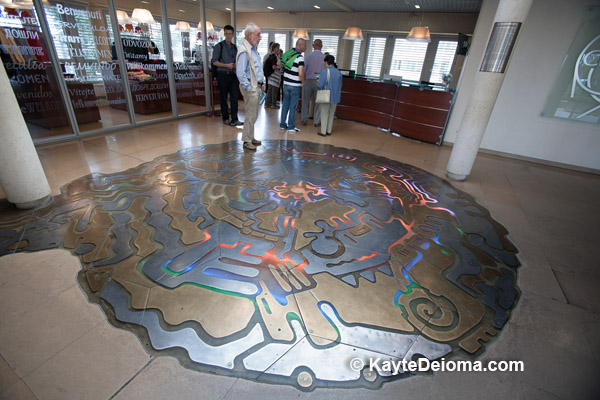
I was on the afternoon tour in French with my friends JB, a scientist, and Corinne, a marketing professional. The rest of the group seemed to be made up of fellow science fans from high school students to adults. The tone of the orientation film and our guide’s multimedia presentation assumed a moderate understanding of physics in the audience, and I was happy that JB could simplify some of the jargon for my benefit.
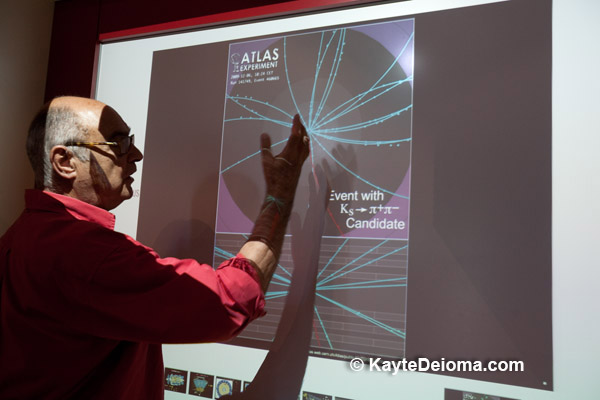
In basic terms, CERN’s Large Hadron Collider (LHC) is a giant, miles-long underground tube, frozen to unbelievably cold temperatures, designed to create a particle environment equivalent to conditions before the Big Bang in order to see whether the theory of physical mass being created from energy particles can be proved.
They send protons racing through these tubes at nearly the speed of light, crashing into each other 30 million times per second to see whether they can catch a picture of the hypothesized Higgs boson, sometimes referred to as the “God particle,” which is the bit of physical stuff that must exist to prove the theory. Something that is presumed to be everywhere, and yet hard to perceive.
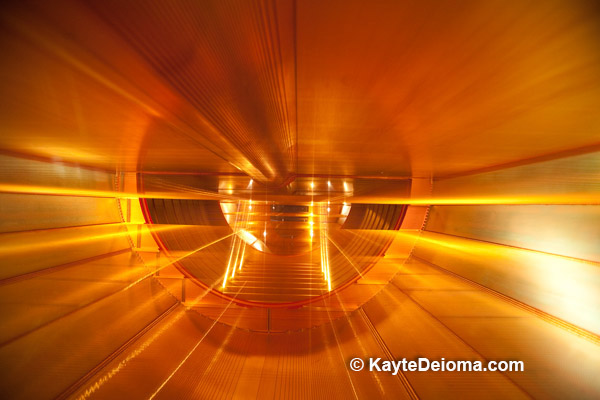
Thirty million collisions per second produce an almost inconceivable amount of data that it takes years and massive amounts of cloud computing memory across the globe to analyze (on a side note, the World Wide Web and the first web browser were originally created at CERN in 1989 as a way for scientists to share research data).
Simulations of particle collisions can be observe in the Universe of Particles exhibit inside the dome, where the guided tour ends. It is an immersive experience where you enter a dark world with lit particle orbs. Some of these orbs have interactive multimedia tabletops. Others are pods that you sit inside to listen to audio presentations.
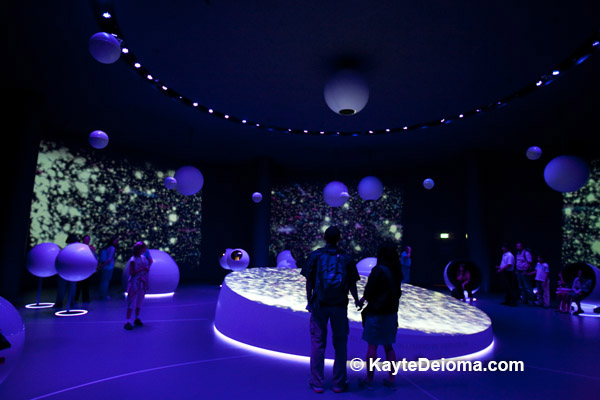
The Microcosm, located at the Visitors Center, is another exhibit you can explore on your own that presents more concrete and hands-on displays of the science behind the particle accelerator with models, segments of retired accelerators and photos. It features each of the experiments currently active at CERN. It also includes an exhibit on the history and development of the technology that led to the internet and the World Wide Web.
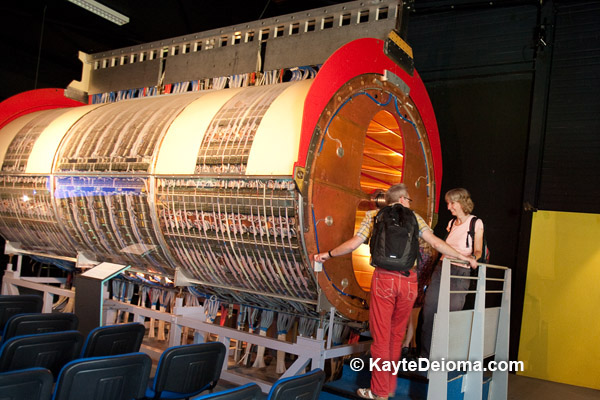
From experiments begun in 2008, researchers reported the first signs of particles with the attributes of Higgs boson on July 4, 2012. Scientists were quick to point out that although they have found a particle that seems to fit the criteria for Higgs boson, and champagne corks certainly flew, they still don’t know what exactly they’ve found or whether it will prove or disprove the Standard Model of particle physics, so the analysis continues.
Unlike your local science museum, which has exhibits to help young minds grasp basic scientific concepts, the CERN visitor experience assumes you have an interest and some basic familiarity with the subject matter.
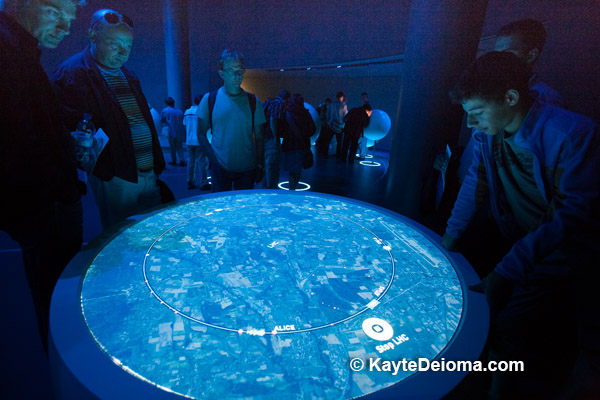
There is no charge for the guided tours, but an advance reservation, available through their website, is required. You can also visit the Microcosm and Universe of Particles exhibits for free without a reservation, and there is a physics-themed sculpture garden behind the Visitors Center. Children under 8 years old are not allowed on the guided tours, but can enter the public exhibits.
For more information, to explore the current state of CERN research or to schedule a visit, go to http://home.web.cern.ch/

